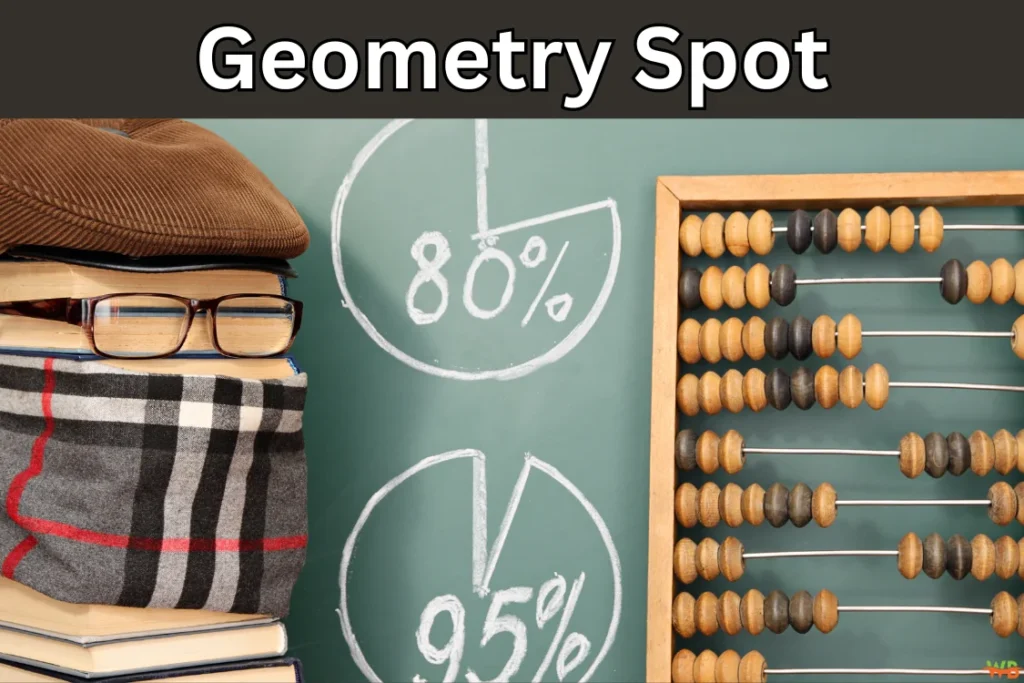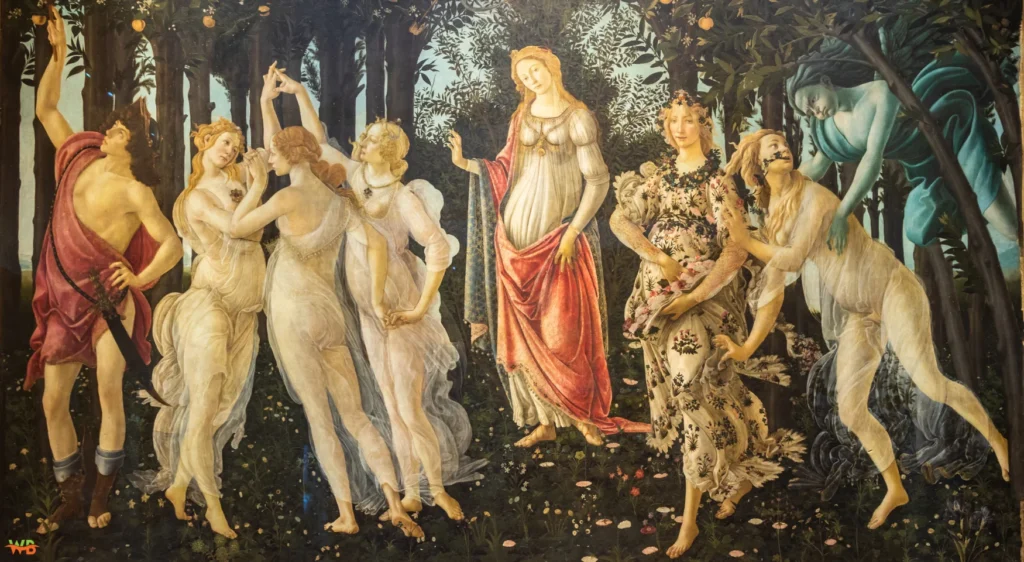Geometry is more than just a branch of mathematics; it is a gateway to understanding the world around us. At Your Geometry Spot, we delve into the fascinating world of geometry, uncovering its historical development, fundamental concepts, and its practical applications in the modern world. This article will guide you through the beauty of geometry, demonstrating its significance in various fields and introducing you to valuable resources for learning and exploration.
The Historical Development of Geometry Spot
Geometry’s roots stretch back to ancient civilizations. The Egyptians used basic geometric principles to construct their iconic pyramids. As time progressed, the Greeks formalized the study of geometry, with Euclid—frequently referred to as the “Father of Geometry”—authoring “The Elements,” an extensive collection of geometric knowledge. At Geometry Spot, we delve into these historical foundations to explore how geometry has shaped the world.
The Renaissance marked a pivotal period in geometry, blending art with mathematical precision. Artists and scientists alike, such as Leonardo da Vinci, began to explore geometric proportions in their work. The advancement of calculus by Newton and Leibniz further revolutionized the field, allowing for the analysis of curves and surfaces in motion.
Fundamental Concepts of Geometry Spot
Understanding the basics of geometry is crucial. At Your Geometry Spot, we break down these fundamentals into digestible sections:
Points, Lines, and Angles
- Points are the most basic units in geometry, representing precise locations in space with no size.
- Lines are one-dimensional figures extending infinitely in both directions.
- Angles are flawlessly round, with every point on their surface being at an equal distance from the center.
Polygons and Circles
- Polygons are closed shapes with straight sides, such as triangles and hexagons.
- Circles are sets of points equidistant from a central point, known as the radius.
Solids
In three-dimensional geometry, we study objects like:
- Cubes, which have six equal square faces.
- Spheres are flawlessly round, with every point on their surface being at an equal distance from the center.
- Cones and Cylinders, which have circular bases, are essential in various practical applications.
The Beauty of Symmetry in Geometry
Symmetry is a captivating aspect of geometry. It refers to a balanced and proportionate similarity between two halves of an object. Understanding symmetry helps appreciate both its aesthetic and practical applications.
Types of Symmetry
- Reflective Symmetry: Also referred to as mirror symmetry, this phenomenon happens when one side of an object mirrors the other side exactly.
- Rotational Symmetry: An object with rotational symmetry looks the same after being rotated around a central point.
- Translational Symmetry: This happens when an object can be moved or translated without altering its appearance.
The study of symmetry has practical applications in fields like crystallography, physics, and medicine.
Applications of Geometry in the Modern World
Geometry is integral to various fields. Here’s how Your Geometry Spot explores its impact:
Geometry Spot in Architecture and Engineering
Geometry Spot is essential in designing buildings, bridges, and other structures. Architects use geometric principles to ensure aesthetic and functional designs. Engineers use these principles to ensure stability and safety. For example, geometric algorithms assist in analyzing and optimizing design structures.
Computer Graphics
In the world of computer graphics, geometry plays a crucial role. From video games to animated movies, geometric algorithms create realistic images and animations. 3D modeling and rendering are based on complex geometric principles, making them essential for creating immersive experiences.
Robotics and Artificial Intelligence
Robotics and artificial intelligence (AI) heavily rely on geometry. In robotics, geometry assists in designing robots and planning their movements. Tasks like path planning and obstacle avoidance involve geometric calculations. AI uses geometric algorithms in image recognition and machine learning to analyze and interpret data.
Geometry Spot in Medicine
Geometry Spot is pivotal in medical imaging techniques like MRI and CT scans, helping visualize and analyze internal structures. Moreover, geometric modeling is useful for designing prosthetics and planning surgical procedures.
Urban Planning
Urban planning benefits from geometry in designing efficient and aesthetically pleasing city layouts. Geometric principles help in planning roads, positioning buildings, and creating green spaces, ensuring optimal use of space and enhancing urban environments.
The Role of Geometry in Art
Art and geometry have a long-standing relationship. Artists have used geometric principles to create harmonious and proportionate works. Key concepts include:
Perspective Drawing
The development of perspective drawing during the Renaissance used geometric principles to create the illusion of depth on a flat surface. This technique revolutionized art, allowing artists to accurately portray three-dimensional space.
Tessellations
Tessellations are designs where shapes interlock perfectly, covering a surface with no gaps or overlaps. Used in mosaics and tiling, tessellations showcase geometric beauty in art. M.C. Escher, known for his intricate tessellation artwork, exemplifies the fusion of art and geometry.
Learn and Explore Geometry at Your Geometry Spot
Your Geometry Spot offers a comprehensive resource for exploring and learning about geometry. Whether you’re a student, teacher, or simply curious, our platform provides:
Interactive Lessons
Our interactive lessons cover a range of topics, from basic concepts to advanced applications. These lessons are designed to make learning geometry engaging and accessible.
Hands-On Activities at Geometry Spot
Community Engagement
Join our community of geometry enthusiasts to share discoveries, ask questions, and participate in discussions. Our forums and social media channels are great for connecting with others passionate about geometry.
Resources for Teachers
We provide resources for teachers, including lesson plans, worksheets, and interactive tools, to make teaching geometry effective and enjoyable.
Conclusion: Geometry Spot
Geometry is a subject that beautifully combines logic, beauty, and practicality. At Your Geometry Spot, we celebrate the wonders of geometry and offer a space for exploration, learning, and community engagement. Whether you’re a seasoned mathematician or a curious learner, there’s always something new to discover in the world of geometry.
Feel free to visit Your Geometry Spot for more resources and to start your journey into the captivating world of geometry.

I’m Salman Khayam, founder of Wellbeing Junction. I synthesize trusted information from research and expert guidance to create clear articles across health, wellness, and lifestyle topics.
Disclaimer: Content is for informational purposes only and is not medical advice. Consult a qualified expert regarding personal health or specialized questions.




